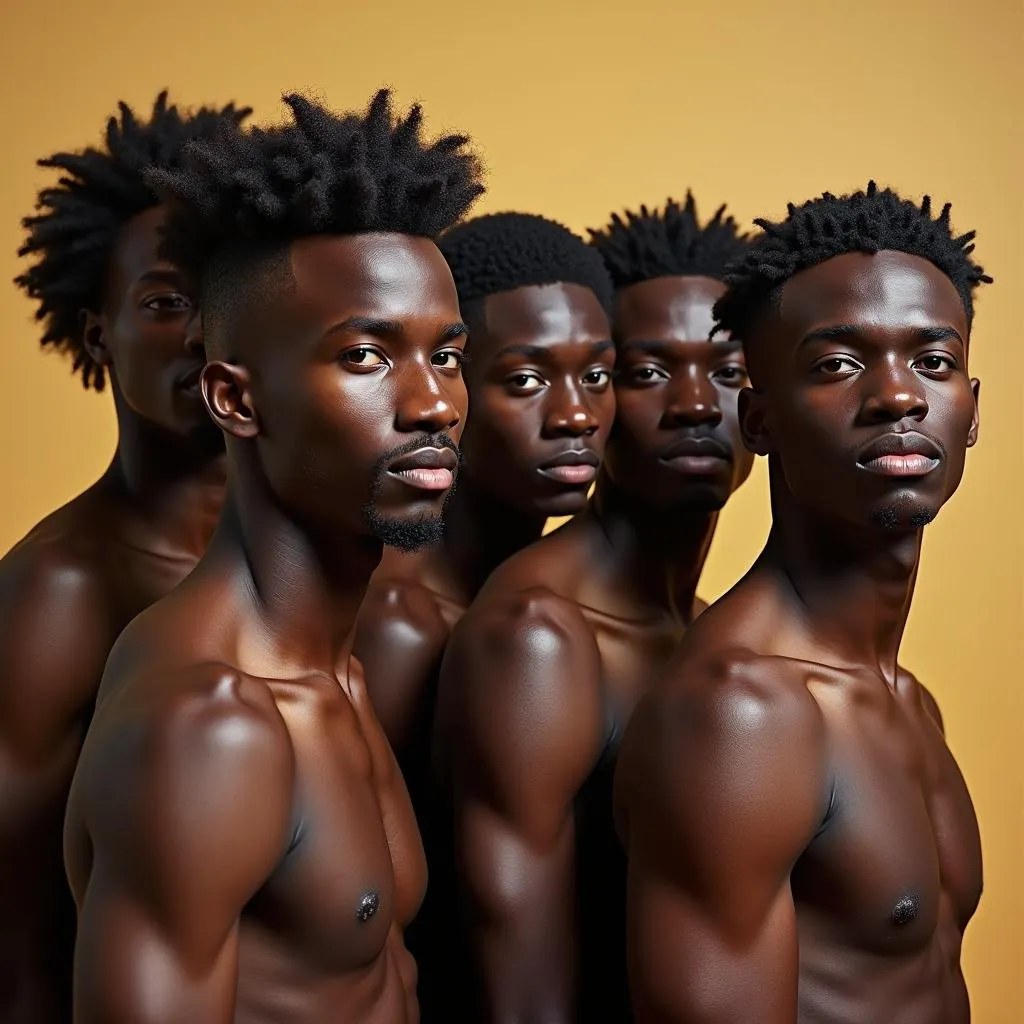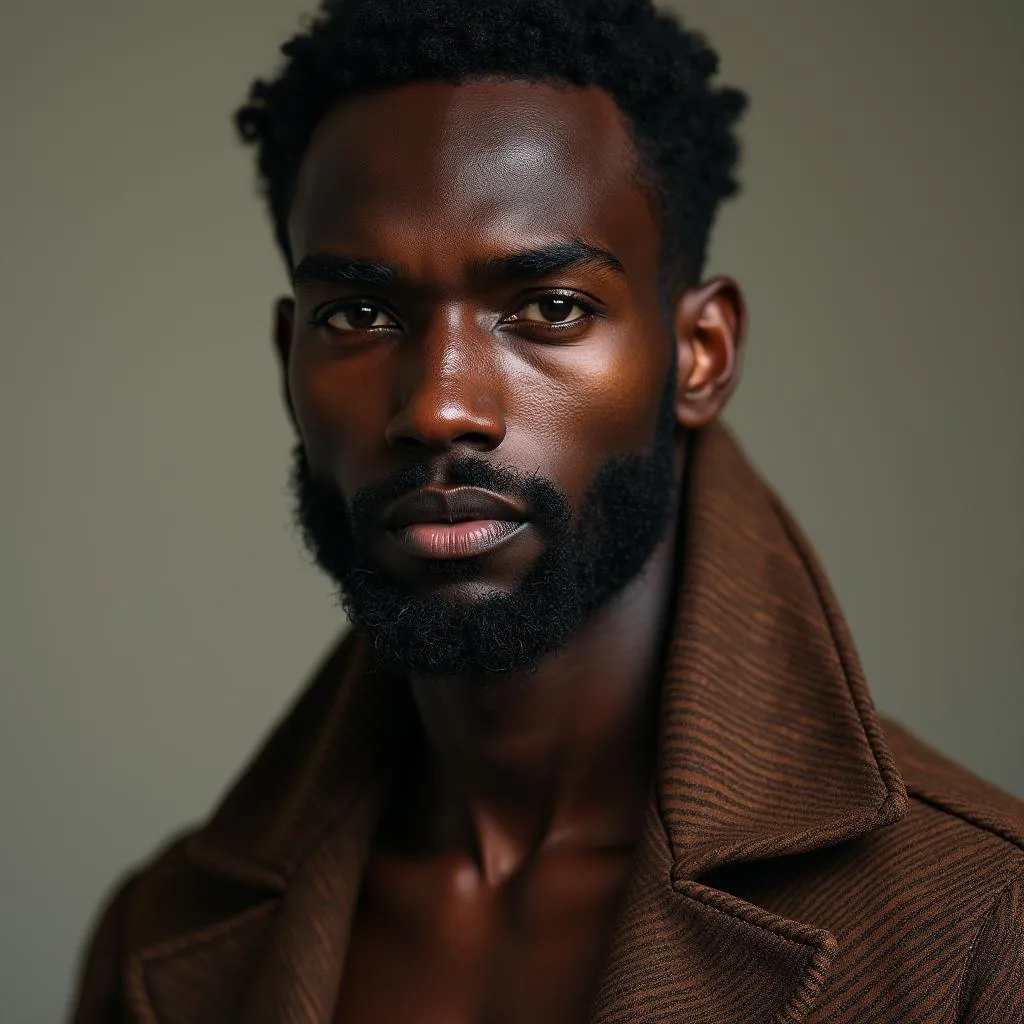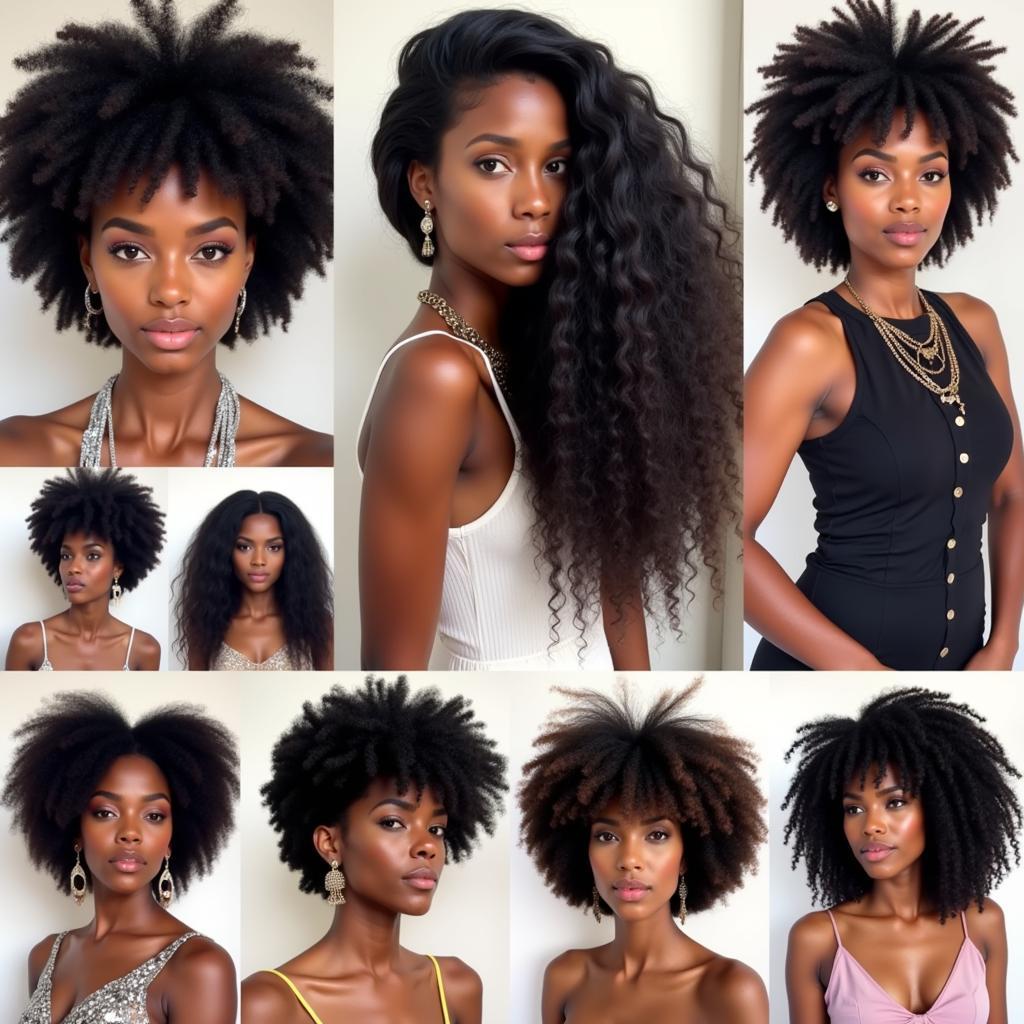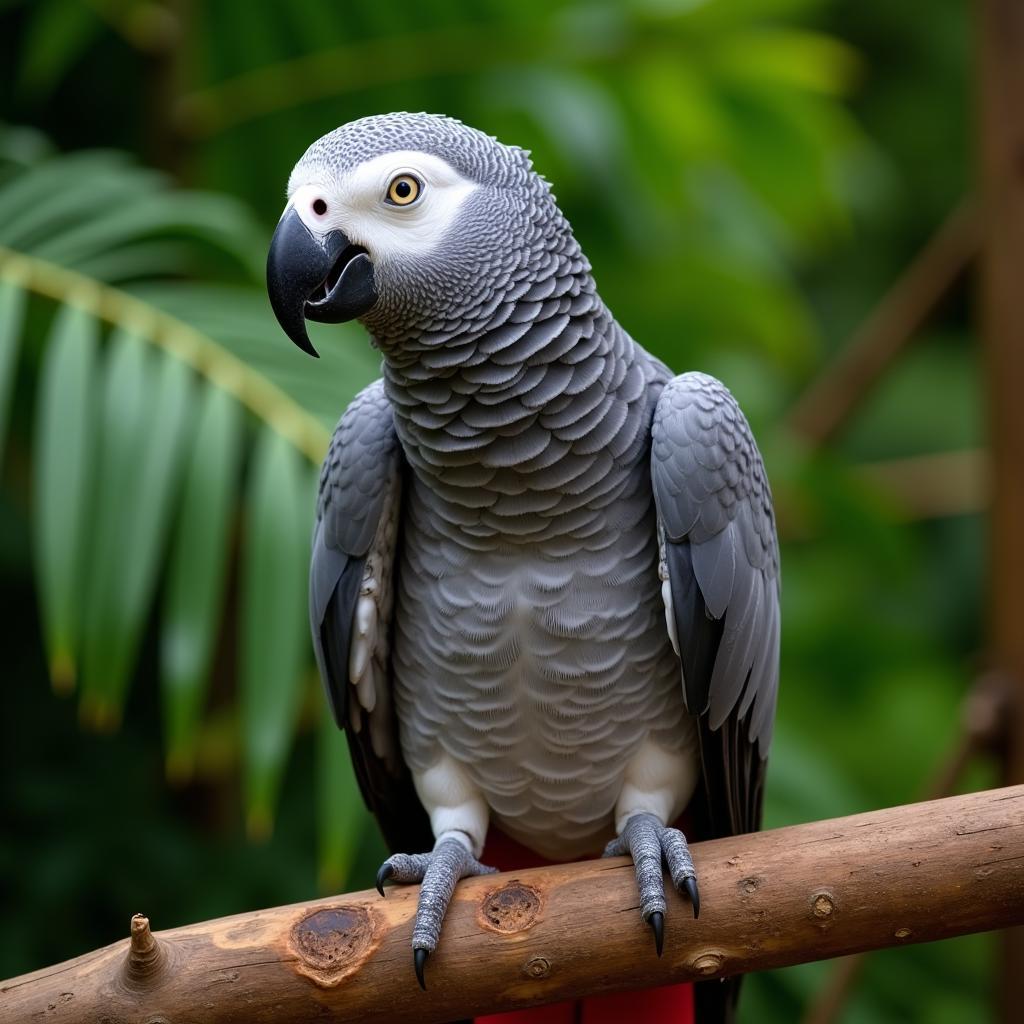The Rise and Impact of African American Male Models
The world of fashion is constantly evolving, and one of the most significant shifts in recent years has been the increased visibility and influence of African American Male Models. This representation goes beyond simply showcasing diverse faces; it’s about celebrating Black beauty, challenging traditional standards, and inspiring a new generation.
 African American male model confidently walks the runway during Fashion Week.
African American male model confidently walks the runway during Fashion Week.
From Margin to Mainstream: A Historical Perspective
The journey of African American male models to mainstream recognition has been marked by both challenges and triumphs. For decades, the fashion industry largely adhered to Eurocentric ideals of beauty, leaving little room for diverse representation. Black men, when featured at all, were often relegated to stereotypical roles or seen as tokens rather than integral parts of the narrative.
However, pioneers like Djimon Hounsou and Tyson Beckford emerged as powerful forces, defying stereotypes and paving the way for greater inclusivity. Their success, hard-won and undeniable, helped to reshape the industry’s perception of Black male beauty.
The Power of Representation: Shaping Perceptions
The increased visibility of African American male models in magazines, campaigns, and on runways holds immense cultural significance. It signifies a shift towards a more inclusive and representative ideal of beauty, one that celebrates the diversity of the human experience. This representation has a ripple effect, impacting not just the fashion world but also broader societal perceptions.
 Diverse group of African American male models pose for a fashion campaign.
Diverse group of African American male models pose for a fashion campaign.
Seeing themselves reflected in positions of influence empowers young Black men and fosters a sense of belonging. It challenges narrow definitions of masculinity and encourages self-acceptance. Moreover, it exposes audiences of all backgrounds to the richness and beauty of Black culture.
Breaking Barriers and Setting Trends
African American male models are not just breaking barriers; they are setting new trends and redefining what it means to be fashionable. They are challenging the industry’s historical Eurocentric bias and contributing to a more global and inclusive aesthetic.
From Alton Mason’s groundbreaking Chanel campaign to Alpha Dia’s powerful presence on international runways, these models are making history and inspiring aspiring models of all backgrounds. Their influence extends beyond the runway, influencing streetwear, high fashion, and everything in between.
The Impact on Fashion and Beyond
The rise of African American male models is not a passing trend; it’s a transformative force reshaping the fashion industry and beyond. Here’s how:
- Increased Diversity: Brands are increasingly recognizing the importance of reflecting the diversity of their consumer base, leading to more inclusive casting in campaigns and runway shows.
- Shifting Beauty Standards: The success of African American male models challenges Eurocentric beauty ideals and paves the way for a more expansive definition of attractiveness.
- Economic Empowerment: Increased representation translates into greater economic opportunities for Black models, photographers, designers, and other creative professionals.
- Social Progress: The visibility of successful African American men in the fashion industry contributes to positive social change, promoting understanding, acceptance, and challenging stereotypes.
The Future of Representation
While significant strides have been made, the journey towards true equality and representation in the fashion industry is ongoing. It’s crucial to move beyond tokenism and ensure that diversity becomes the norm, not the exception. This requires continued efforts to:
- Support Black-owned brands and designers who are creating innovative and culturally significant work.
- Encourage mentorship and opportunities to nurture the next generation of Black creatives in the fashion industry.
- Advocate for fair wages and treatment for all models, regardless of race, ethnicity, or background.
 Close-up of an African American male model posing for a high-fashion editorial shoot.
Close-up of an African American male model posing for a high-fashion editorial shoot.
The impact of African American male models extends far beyond the pages of magazines and the bright lights of the runway. They are agents of change, shaping perceptions, challenging norms, and inspiring a more inclusive and representative future for all. Their journey serves as a powerful reminder that representation matters and that beauty comes in all shades.

